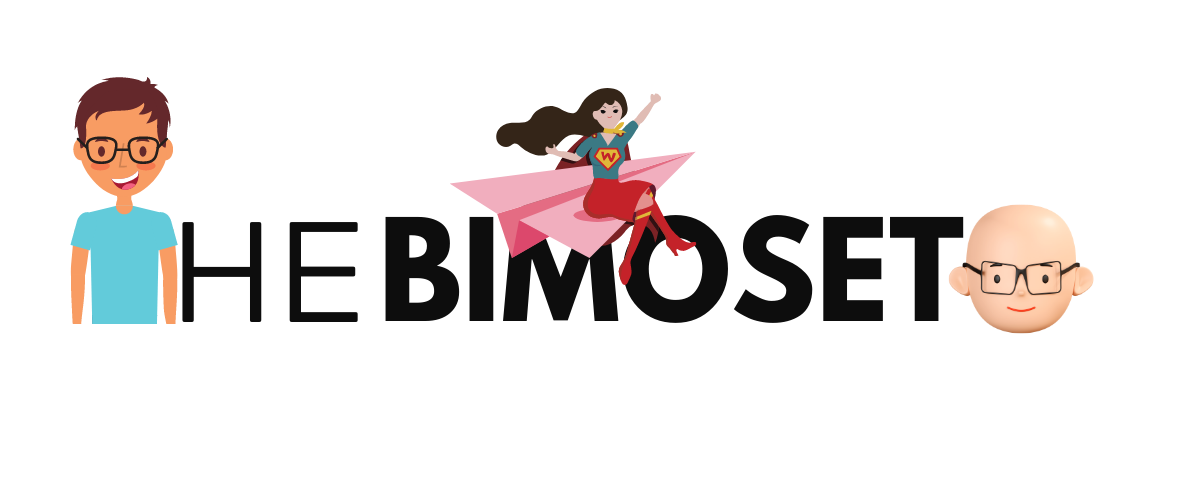In today’s digital landscape, the need for secure internet browsing has never been more critical. As more people conduct their lives online—from shopping and banking to social interactions—protecting personal data becomes imperative. One effective solution is to use a Virtual Private Network (VPN). This article explores what a VPN is, how it works, the benefits of using one, and how to set it up across different devices.
What is a VPN?
A VPN, or Virtual Private Network, establishes a secure connection over the internet by creating an encrypted tunnel between your device and a remote server operated by the VPN provider. When enabled, all your internet traffic passes through this tunnel, ensuring that data remains confidential and immune to interception by entities like hackers or Internet Service Providers (ISPs). This not only enhances your online privacy but also masks your IP address, making it appear as if you’re browsing from the location of the VPN server rather than your physical location.
Why Use a VPN?
1. Privacy Protection
The internet is rife with tracking and surveillance. By masking your IP address, a VPN prevents websites and advertisers from monitoring your online activity. This can significantly reduce targeted advertising and helps keep your browsing habits private.
2. Secure Browsing
Using public Wi-Fi networks can expose you to risks such as data theft. A VPN encrypts your data, making it much harder for cybercriminals to access your information, whether you’re checking emails in a coffee shop or conducting financial transactions in an airport.
3. Access Restricted Content
Many streaming services and websites restrict content based on geographical location. By connecting to a VPN server in another country, you can bypass these restrictions and access a broader range of media—be it movies, shows, or websites that might be blocked in your region.
4. Protection While Traveling
Traveling often comes with its own set of challenges, especially concerning internet access. A VPN ensures that your internet connection remains secure and allows you to access your home services seamlessly, regardless of your location.
5. Bypass Censorship
In certain countries, internet censorship can limit access to information and services. A VPN can help users connect to servers outside restrictive regions, enabling free access to information.
How to Set Up a VPN
Setting up a VPN is generally straightforward, and here’s a quick guide for various platforms:
1. Choose a VPN Service
The first step is selecting a reputable VPN service provider. Consider factors such as encryption standards, privacy policies, server locations, and customer support. Some popular VPNs include ExpressVPN, NordVPN, and Surfshark.
2. Download the App
After subscribing to a VPN service, download the application suitable for your device’s operating system—be it Windows, macOS, Android, or iOS.
3. Install and Sign In
Follow the installation prompts to install the VPN app. Once installed, open the application and sign in with your account credentials.
4. Connect to a Server
Choose a server to connect to. If speed is a priority, select a nearby server. If you wish to access region-locked content, choose a server located in the desired region.
5. Enable VPN
Finally, activate your VPN by clicking the "Connect" button. Your connection is now secure, and you are ready to browse the internet privately.
Using a VPN Across Different Devices
Desktop and Laptops
For Windows and macOS users, installation is typically done through the VPN’s website or respective app store. Common steps involve downloading the app, installing it, and entering your login credentials before selecting a server.
Mobile Devices
On Android and iOS, VPNs can be found in the Google Play Store or Apple App Store. Just search for your chosen VPN provider, install the app, and log in to connect securely.
Smart TVs and Consoles
To use a VPN on devices that lack native support—such as smart TVs and gaming consoles—you may need to configure the VPN on your router. This method directs all connected devices through the VPN, allowing easy access to secured content across platforms.
Conclusion
Using a VPN is an essential practice for ensuring secure internet browsing and protecting your online identity. It safeguards your data from prying eyes, allows access to a wealth of information, and enhances your overall online experience. As you navigate the intricacies of digital life, consider adopting a VPN—an invaluable tool for anyone seeking to maintain their privacy online.
————————————————————————
Follow the Bimoseto family as we explore the world, one delicious dish at a time! Get our travel tips, restaurant recommendations, and adventure stories – and get inspired for your journeys!

